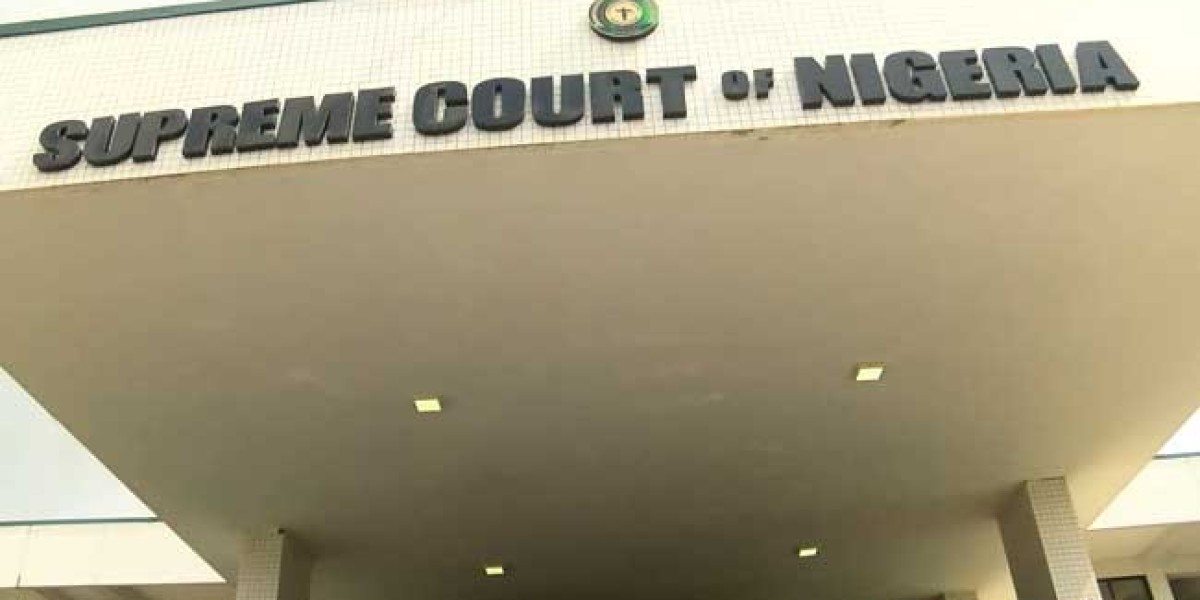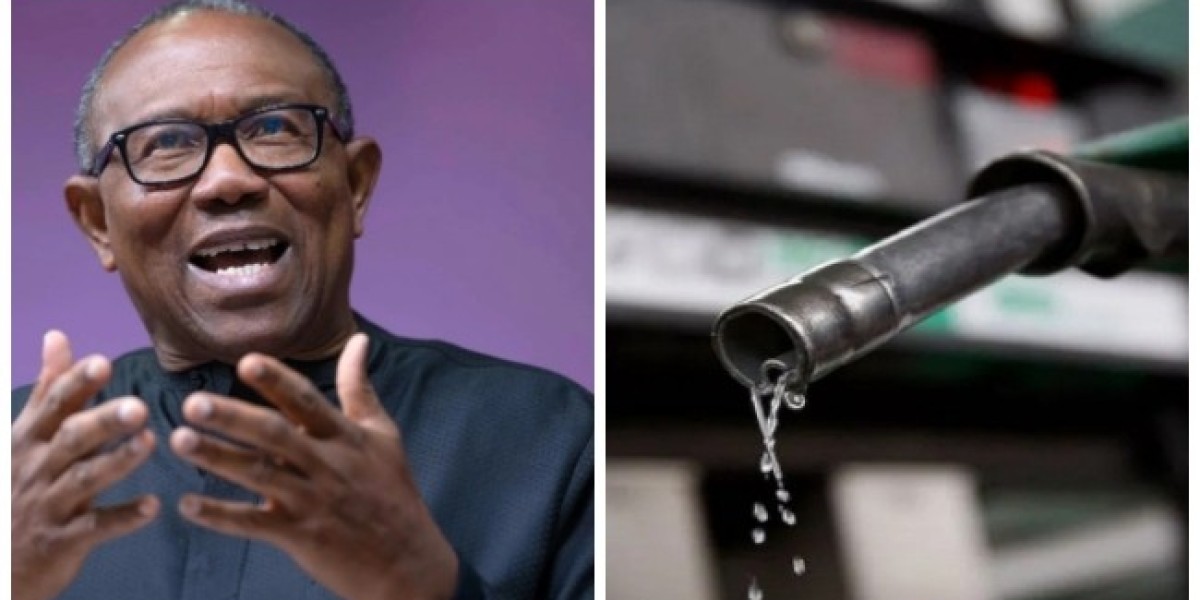The ongoing conflict in the Democratic Republic of Congo (DRC) is deeply intertwined with the region's valuable mineral resources, particularly coltan, a metallic ore essential in the production of electronics such as phones and laptops. Together, DRC and Rwanda supply around half of the world's coltan, making the area a hotbed for mineral-driven conflicts.
As of February 2025, war-displaced individuals have begun to return to their homes on the outskirts of Goma, following a period of intense fighting between Rwandan-backed forces and the DRC army. Over 700,000 people had fled to Goma since late 2022, escaping violence in the Rutshuru and Masisi territories. After Rwandan forces and the M23 rebel group seized control of the city earlier this week, the fighting subsided, but the future remains uncertain for those who are now returning.
The ongoing violence in eastern DRC is often presented as a battle over "conflict minerals," with global tech companies and their demand for minerals like coltan playing a significant role. However, experts argue that focusing solely on these "conflict minerals" may overlook other underlying causes of the violence, which involve historical, political, and economic factors.
Rwanda’s Role in the Mineral Smuggling Trade
United Nations experts, human rights organizations, and analysts have long accused Rwanda of smuggling vast amounts of minerals—particularly coltan, gold, and other metals—out of eastern DRC. These minerals are then sold under Rwanda’s name on international markets, despite their origin in DRC’s war-torn regions. The M23 rebel group, which resurfaced in eastern DRC in 2021, has been a central player in controlling many of these mines, with reports indicating that the group earns significant revenues from the trade.
In April 2024, the M23 seized Rubaya, a mining hub that produces approximately 15% of the world’s coltan, earning the group an estimated $800,000 per month. The M23 also captured the key transport hub of Goma last week, leaving hundreds dead and pushing further into the South Kivu province. As Rwanda continues to deny involvement in illegal mineral exports, analysts, such as Guillaume de Brier from the International Peace Information Service, remain skeptical, highlighting that Rwanda’s rapid growth as a top coltan exporter cannot be explained by its own mineral reserves alone.
Tech Industry’s Role in Fueling the Conflict
Robert Amsterdam, a lawyer representing the Congolese government, argues that the tech industry bears ultimate responsibility for funding Rwanda’s involvement in the conflict. Amsterdam filed a criminal case against Apple in December 2024, accusing the tech giant of knowingly sourcing conflict minerals. Initially, Apple dismissed the claims, stating there was no reasonable basis to conclude that its products contained minerals from conflict zones. However, after the case was filed, Apple changed its stance, ordering its suppliers to halt sourcing minerals from DRC and Rwanda, acknowledging that it could not distinguish the origin of the minerals in its supply chain.
Amsterdam believes that this marks the beginning of broader accountability in the tech industry. "The supply chains of all tech companies are equally tainted," he said, calling for systemic change to prevent further involvement in conflict-driven mineral extraction.
Rwanda’s mineral smuggling operations are seen as a significant revenue stream for rebel groups like the M23, but experts like de Brier point out that the smuggling continues even when Rwanda is not militarily active in the region. Moreover, local miners in DRC, who face heavy taxes and bureaucratic obstacles, often prefer to sell their minerals to Rwanda for immediate cash payment, further exacerbating the issue.
Land Ownership and Local Concerns
While the trade in minerals certainly plays a role in fueling the conflict, de Brier argues that the violence is driven by a complex mix of local factors. The M23 initially emerged with the claim of defending the Tutsi minority in DRC, but de Brier notes that the group’s ultimate aim appears to be the dismantling of local systems of land management controlled by traditional chieftains.
The International Peace Information Service also highlights that the M23 generates revenue not only through the mineral trade but also via roadblock levies, forced agricultural labor, and timber trafficking. While the extraction of resources remains a significant aspect of the conflict, the true causes are tied to broader political and land disputes in the region.
The West’s Role in Perpetuating the Crisis
Despite these local factors, Amsterdam argues that Western tech companies and governments are complicit in the crisis. "This has been a catastrophe brought to you by tech," he said, calling for a reassessment of the role that global demand for minerals plays in fueling regional conflicts.
The hope is that Apple’s decision to stop sourcing minerals from the region will spark a wider shift in the tech industry. If this leads to more responsible sourcing practices, it could bring about meaningful change for the people of DRC and Rwanda, who continue to suffer from the violence and instability fueled by the mineral trade.
As the conflict continues to evolve, it is clear that the demand for conflict minerals, political rivalries, and local land disputes will remain key drivers of instability in eastern DRC. Addressing the crisis will require a multifaceted approach that goes beyond simply halting the flow of minerals and focuses on resolving the region’s deep-rooted political and economic issues.
Channelstv



